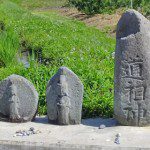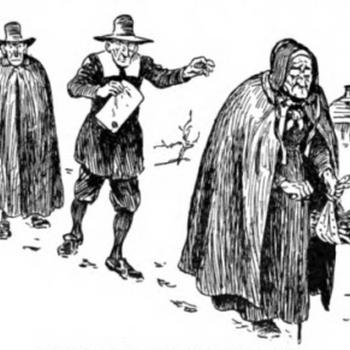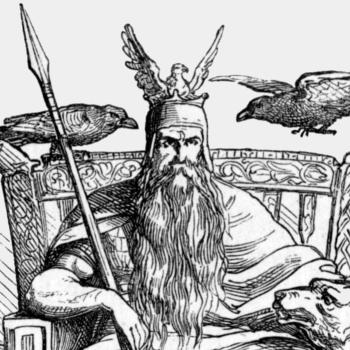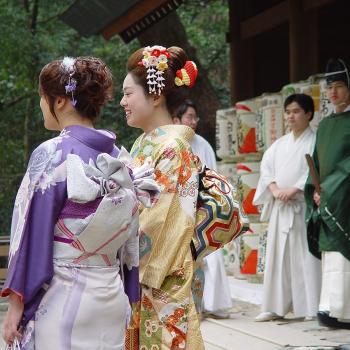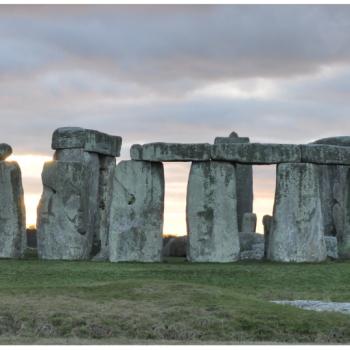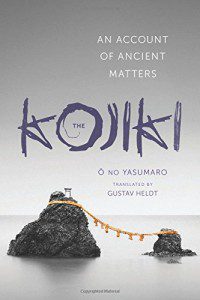 The Kojiki: An Account of Ancient Matters (O no Yasumaro, translated by Gustav Heldt)
The Kojiki: An Account of Ancient Matters (O no Yasumaro, translated by Gustav Heldt)
Written in the 8th century, the Kojiki is Japan’s oldest chronicle and one of the most important texts in Shinto. It is a collection of accounts that detail Japan’s mythic history, from the creation of the Japanese islands by the deities Izanagi and Izanami to the rise and fall of the first Emperors. The Kojiki is the text that codified Shinto’s deities and rituals, and so an awareness of this writing is essential for anyone wishing to deepen their understanding of Shinto.
This is a very recent (2014) translation of the Kojiki by Gustav Heldt, associate professor of Japanese literature at the University of Virginia. It has some distinctive characteristics, the most immediately apparent being Heldt’s choices on how to translate Japanese proper nouns. This is a problem for anyone attempting to translate the Kojiki as it is very densely packed with (often long) Japanese personal and place names, which were an essential part of the Kojiki’s role as a chronicle of Japan’s origins but can be intimidating and impenetrable to readers who aren’t familiar with Japanese. The usual solution is to put the names into romanised Japanese, with perhaps a translation of the name’s literal meaning in a footnote if this is seen as significant. In his version of the Kojiki, Heldt has done the opposite – he has rendered every Japanese personal and place name into English within the text, and puts the original Japanese in a glossary at the back. And I mean every name – even the names of deities and places that would be familiar to anyone with a basic knowledge of Japanese myths get this treatment, so the Sun Goddess Amaterasu is only ever referred to as “Heaven Shining,” a literal translation of the kanji of her name (天照). This would be the equivalent of, say, translating the Greek myths and referring to Aphrodite as “Risen From Foam,” the literal meaning of her name. While this does lend a shamanic, tribal quality to the text, I ultimately found it distracting and frustrating as it rendered well-known names of Japanese deities and places unfamiliar and alien, and meant I had to rely on the very long glossary to decrypt Heldt’s translation. It also results in some awkwardly comical names, such as “Lady Ah! My Husband’s Arrow Struck” for Seyadatara-Hime. And as the glossary doesn’t provide the original kanji, those who do know Japanese have to use the romanised Japanese combined with Heldt’s interpretation in order to try and guess what the original kanji could be.
Another feature of Heldt’s Kojiki is that it is very faithful to the original – perhaps to a fault. Heldt goes to great pains to render every nuance of the Old Japanese of the Kojiki into English, including its honorifics, superfluous connecting phrases, and tendancy towards ambiguity. Having studied Classical Japanese myself, I can confirm that it is a pretty accurate rendition of what old Japanese “feels” like. But this does not make it easy to understand, and sometimes the text goes so far in replicating the traits of the Japanese language that it results in extremely clunky English. I suppose in Heldt’s defence that less faithful, but more readable, versions of some of the more important accounts in the Kojiki already exist, and that a translation that is this literal could be useful to students trying to interpret the Kojiki from the original Japanese for themselves, but I’m not sure if most general readers will appreciate this effort.
Finally, such a symbolic and historical text as the Kojiki really does need annotations in order for contemporary, non-Japanese readers to understand and appreciate fully, but aside from the glossary (which is mainly there in order to decode Heldt’s own English translations of names back into Japanese) there is nothing at all to aid the reader. It means that the deeper meanings of the text will be missed completely and even fairly straightforward parts remain obscured due to a lack of historical context. This seems such a shame – just some footnotes here and there would have done wonders to really bring this text into sharp focus for the reader.
I can appreciate that a great deal of work has gone into this translation, and that Heldt’s unusual approach is unique and artistic. But while academics have praised Heldt’s Kojiki for its “clarity” and “accessibility,” I have to admit that I found my experience of reading this text quite the opposite. However, from what I’ve read in other reviews, Heldt’s Kojiki translation is still the best available – apparently the others are overly-abridged, prohibitively expensive, inaccurate or even harder to read. It would appear that the monumental struggle to translate this ancient Japanese chronicle into intelligible, readable English is still not quite won, although Heldt may have brought us a little closer to the prize.


